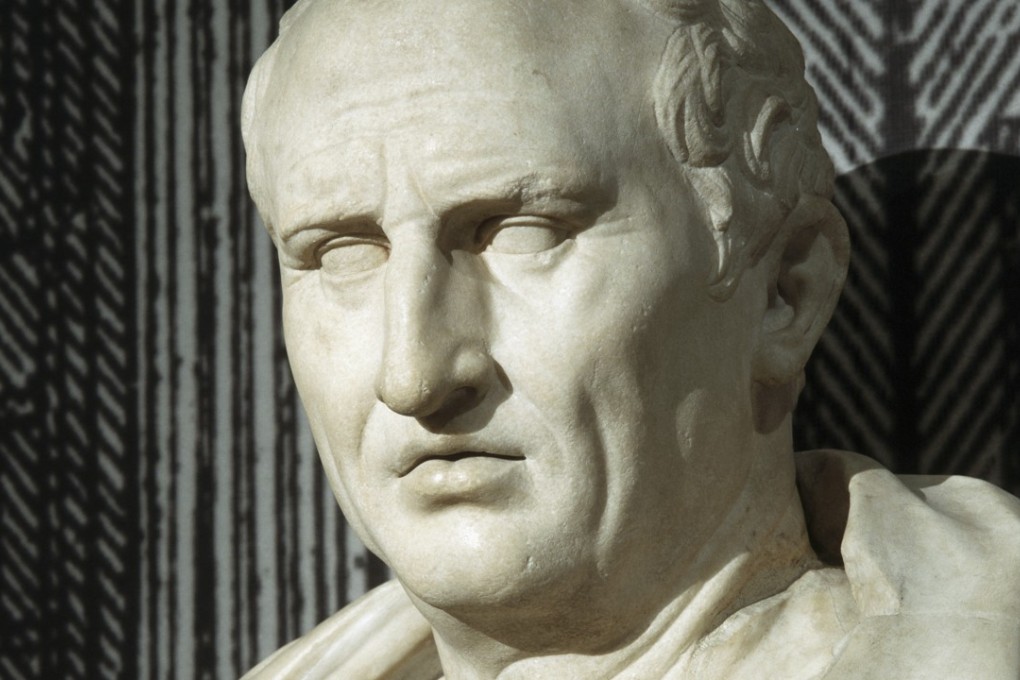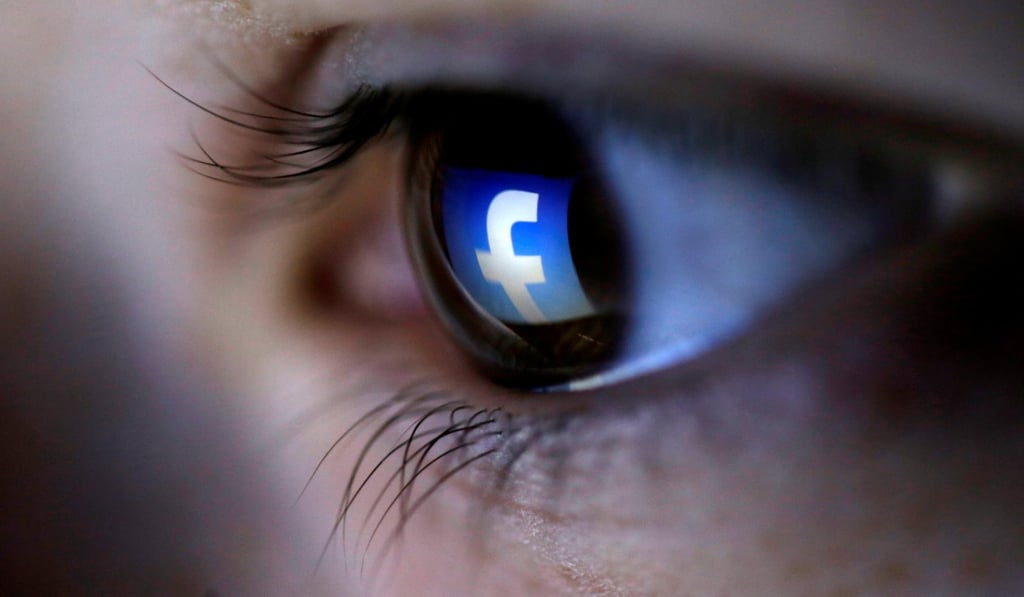Big Data politics? It’s an ancient trick, we’re just better at it (and China has more to come)
Efforts to get inside the minds of voters are as old as politics itself

When Marcus Tullius Cicero ran for the office of consul in Rome in 64BC, he brought in his brother Quintus as his adviser. Quintus apparently offered wise counsel and, according to the texts, was not above dirty politics. It’s unlikely that Quintus was the first political consultant in history, but his approach has survived the ages: do anything and everything to win.

For those, like myself, who work in the world of politics, communications and polling, the digital revolution offers benefits aplenty. We can crunch more data, we do it much quicker and computational advancements can help us to identify patterns and trends, often from a multitude of data sources. We rely on these new tools for everything – new product testing, YouTube video development as well as political and government campaigns.
Artificial intelligence is on the rise in Southeast Asia, helping everyone from fashion designers to rice growers
Political campaigns are often fascinating to outsiders but like with many things, it’s not great to see how the sausage gets made. Campaigns have traditionally been labour intensive – banks of call centres filled with students and housewives, campaign volunteers pounding the pavements and hundreds of others in back rooms crunching data and offering advice on everything from the right message to the right neck tie. But this is changing. Everyone involved in a campaign today has at least one smart device and all information is being synched in real time. Live digital dashboards have replaced whiteboards and sharpies.